One debate I see Artists go through is deciding if they want to make “prints” and/or reproductions of their Art. There are so many questions and opinions about it among Artists. What is the difference between original Fine Art Prints and Gilcee prints and other digital reproductions? Why would you choose to do any of those? How would you do them? Does it damage your credibility? Does it damage the world of Art in general?
For any of you trained in the Fine Art of Printmaking: You probably cringe when you hear the word “Print” bantered around casually today referring sometimes to an image on a piece of normal paper that comes out of a common home inkjet printer with cheap ink. I understand … it IS veryyyyyyyy different from what you were trained in and are skilled at. For those of you that do not know the difference I do encourage you to find out so you can understand. One good place you can go on-line to learn about the art of Printmaking is the Print Council of America (http://printcouncil.org/).
In this post, I will be sharing my views of the ethical side of selling originals vs. reproductions. The first thing I want to separate is the distinctions “original” from reproduction. That is where the line gets blurred, if you don’t distinguish it and it is easy to trip off into a less than ethical place. In order to qualify a particular artwork as original we can start with the definitions of the word “original”: One definition is “different from anything else”. Another definition is “the first”, or “earliest”.
Fine Art Prints made by Artists ARE originals. They are a created through a graphic-arts process in which the artist has created a master image on a plate, block, stone, screen, or transfer paper, etc. by drawing or etching or engraving, etc. on some surface (matrix). They are inked by hand and pulled by hand. The Artist either does it all her/himself or personally supervises someone else doing it, then signs and numbers the individual prints and defaces the printing plate when done. Prints made in this fashion are considered to be an original, as there will be no two alike.
Reproductions, on the other hand, are a scan or photograph of an original work of art that is used to create a printed representation or a copy of the original. These are referred to as mechanically reproduced images. They are sometimes done by the artist or can be done by others without any supervision by the artist. Reproductions are simply images that are reproduced from one master original, whether the method is screen-printing, laser copied or a mass copied from an on-line print company.
To be clear, I do not think there is anything wrong with reproductions. I think they can be enjoyed by many, as Art, but, they just simply are not originals. Therefore, I do believe that we need to be straight with people about it! Not letting buyers know how a work was created is like evading the truth and leads to misrepresentations. This ultimately damages not just your credibility but the credibility of all Artists as it creates a mistrust in general, among potential buyers and collectors.
Now, that said … let’s go touch on a variety of digital and inkjet processes that are becoming more and more popular as technology allows for it … including Giclee prints – which, if high quality, are now more and more frequently being accepted in art shows, galleries, museums, etc. (NOTE: Some art galleries still refuse to sell reproductions including Giclee prints, and many fair and festival sponsors still won’t allow them or will require them to be kept in a separate display, unframed and labeled as a reproduction with information on how it was produced.)
Here are some of basic categories of digital, inkjet and Giclee prints just so we can sort them out:
Original Digital Works of Art – Images conceived and created, by the artist, entirely on a computer and exist only as digital files until they’re printed out.
Original Digital Photographs – Photographs that are taken with a camera by the artist, and printed out directly from the original digital files.
Digital Reproductions or Copies of Original Works of Art – Images of existing works of art from various mediums, like paintings, photographs, watercolors, screen prints, etc. that are either photographed or scanned or uploaded into a computer, and then printed out on various surfaces to look exactly the same as the originals. This may be done by the artist who did the original work of art or not. It is completely a mechanical reproduction. Many Giclee Prints fall under this category.
Pre-Print Digital Manipulations – Digital photographs or images that are uploaded or scanned into a computer and then manipulated, enhanced, modified, reworked or otherwise altered by digital processes, by the artist, BEFORE they’re printed out. These can be a little tricky as they are sometimes more like reproductions and sometimes more like original digital works of art, depending on the extent and degree of the manipulation.
Post-Print Manipulations – Giclee or digital images of any kind that are enhanced, reworked, or altered, by the artist, AFTER they’re printed out – like being hand-embellished with acrylic, watercolor, pens, pastels, collage or other mediums. These can also can be tricky to label as original or a reproduction and depend on the extent and degree of the manipulation.
If you have decided that you want to create and sell any of the above, then I am sure you want to produce quality work. This requires that you do your research since there are tons of sources of information available on every facet of the subject. For example, to create a high quality Giclée print, several conditions must be met concerning the printer, the ink, the surface, and the resolution of the print. This includes using archival papers or surfaces, archival inks, large format scanners and printers and high resolution images, etc.
No matter what kind of art you make, if it has digital components, please do not try to obscure or misrepresent that fact. For example, if you print a digital print and then embellish it by painting over it in any way, call it like it is, i.e. “giclee print and acrylic,” “hand-enhanced inkjet print,”, etc. Please, don’t simply call it “mixed-media“. Not only does that term confuse buyers, but it’s also lacks integrity because mixed-media traditionally refers to a work of art that is 100% original and created entirely by hand by the artist.
That said: You can sign or limit digital images in a large variety of ways in order to market them at different price points. Options include limited editions, signing, numbering, dating, adding small original drawings, highlighting them with color or brush strokes paint like acrylic or watercolor, giving them a copyright logo and a certificate of authenticity, print them on canvas and/or whatever else you want to do to individualize them.
For many artists, selling reproductions of their art is a great way to help them generate extra income and it gives more people a chance to buy their art who wouldn’t ordinarily be able to afford the original piece. They can increase your visibility, promote you to more people, turn you into a paid professional artist and still allow you to sell your original for its deserved and proper price.
Finally, I just want to touch on the ethics of Limited Edition Prints (whether they are original fine art prints or mechanical reproductions). Please, please … if you create a limited edition, make sure you only create one edition. I’ve witnessed artists who, upon their initial “limited edition” running out, simply created another edition of the same piece, maybe with a slight modification (maybe not) such as a minor reduction in size. Bottom line is that this is just out and out fraud.
So, if you’re printing limited editions, set edition sizes in advance, make them public and DO NOT change them. People who seriously buy limited edition prints often buy with the size and exclusivity of the edition as part of their purchase decision. If they discover you have cheated them you can bet news will travel. Some states in the US have even built laws around “limited edition” work, i.e. New York, California have statutes defining a “limited edition” and restricting what an artist can do to capitalize on a single image.
Besides, selling out a limited edition is great news!!! It is good for your career and your reputation as it says your work is in demand. It also increases the urgency for people to buy fast when you release your next edition. Sold out editions can also increase in value in the market especially as you become more well known.
If you do limited editions, you definitely want to provide documentation with each and every print you sell. This is an excellent way to make buyers feel more confident about the fact that they are buying a work from an actual limited edition. Include a detailed original invoice or certificate of authenticity with each image (no photocopies) with the print’s title, paper type, printer type, ink type, date printed, edition size, or other particulars like ratio of digital to original content. Also personally sign and date it.
Not only do buyers like the extras, but good documentation on a limited edition also tends to increase a work of art’s value over time (even on an inkjet reproduction or copy of a work of art). However, what I said above still applies … be straight about what it really is and your process within your documentation!!!
So in the game of selling art … I do not think selling prints or reproductions damages your credibility, it may actually enhance it as long as you are straight with your buyers about what they are getting. If you are going to be an Artist who makes a living off your Art you need to be able to sell your art at least as well as you create it. The rule is: The more you sell = The more you will sell. The key here is to authentically identify the process and materials you used so no one is misled.
Finally … get out there and sell your originals too. Just as there are people who can only afford prints … there are people who not only want but can also afford originals. Make smaller originals, if need be, so that they can sell at smaller price points. Artists who sell more original works of art and become increasingly popular with collectors have more chances to produce and sell more Giclees and limited editions of their originals and visa versa. It is a two-way street that works very well together.
What has been your experience of selling prints or reproductions of your art?
How do you feel about originals vs. reproductions?
I/We would love to hear from you so feel free to share with us!! As always there is so much to learn and I think we can be an enormous resource to one another so thank you in advance for anything you choose to contribute.

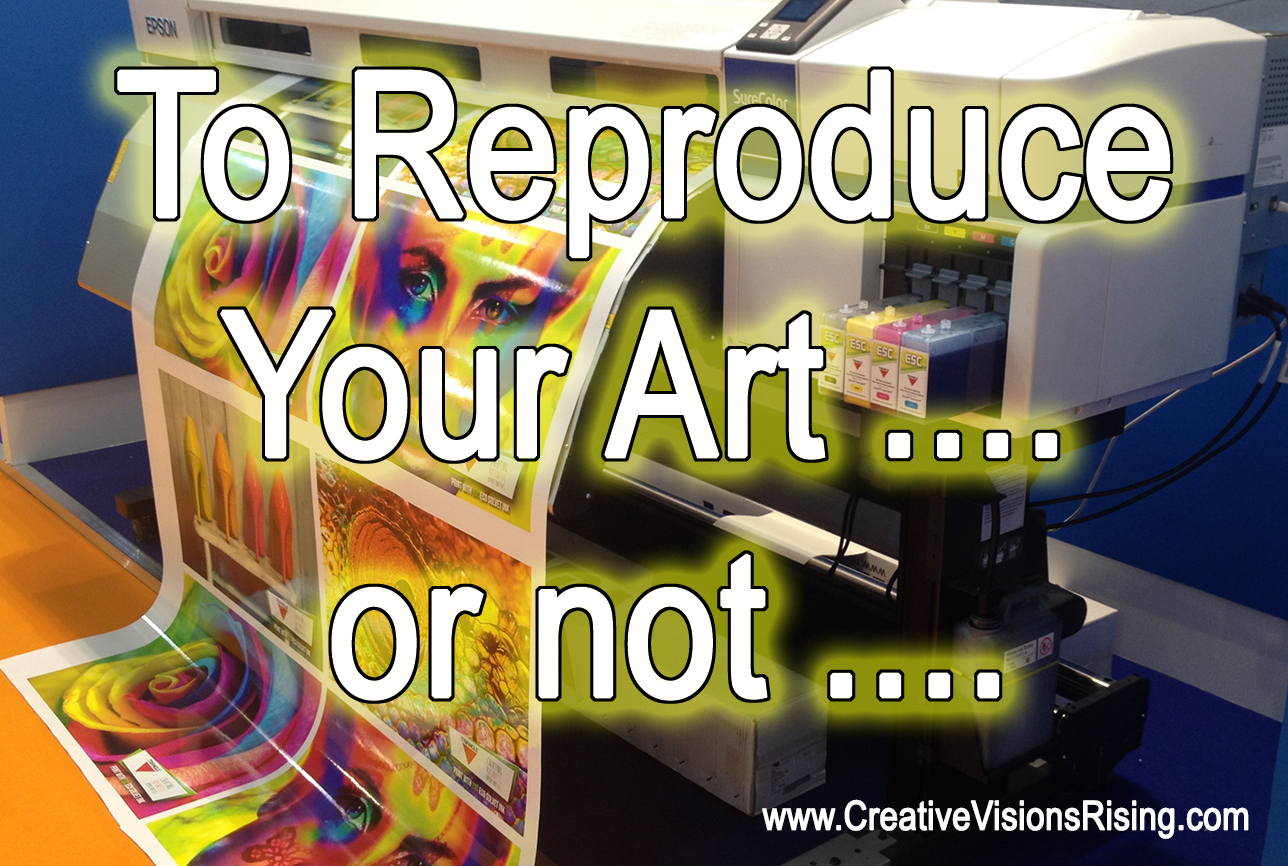


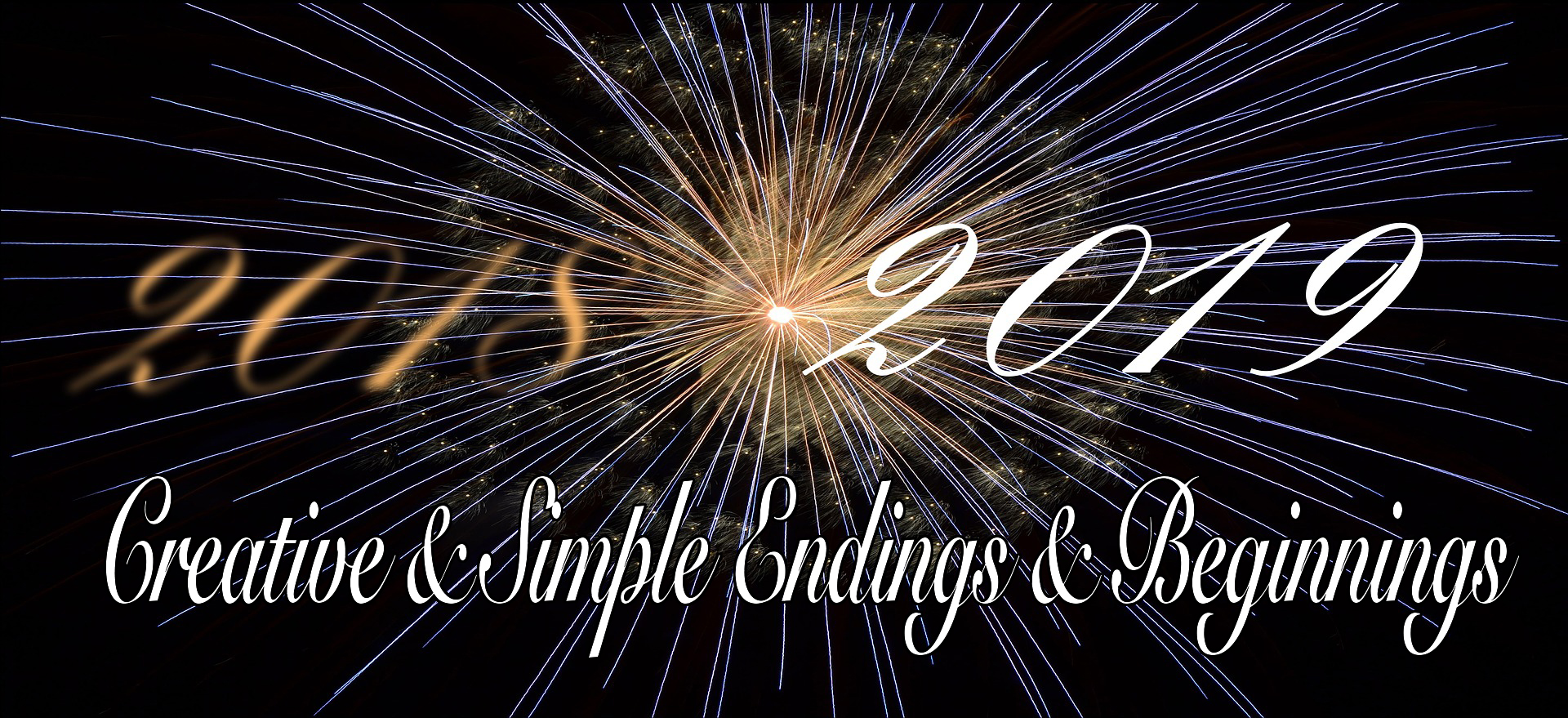
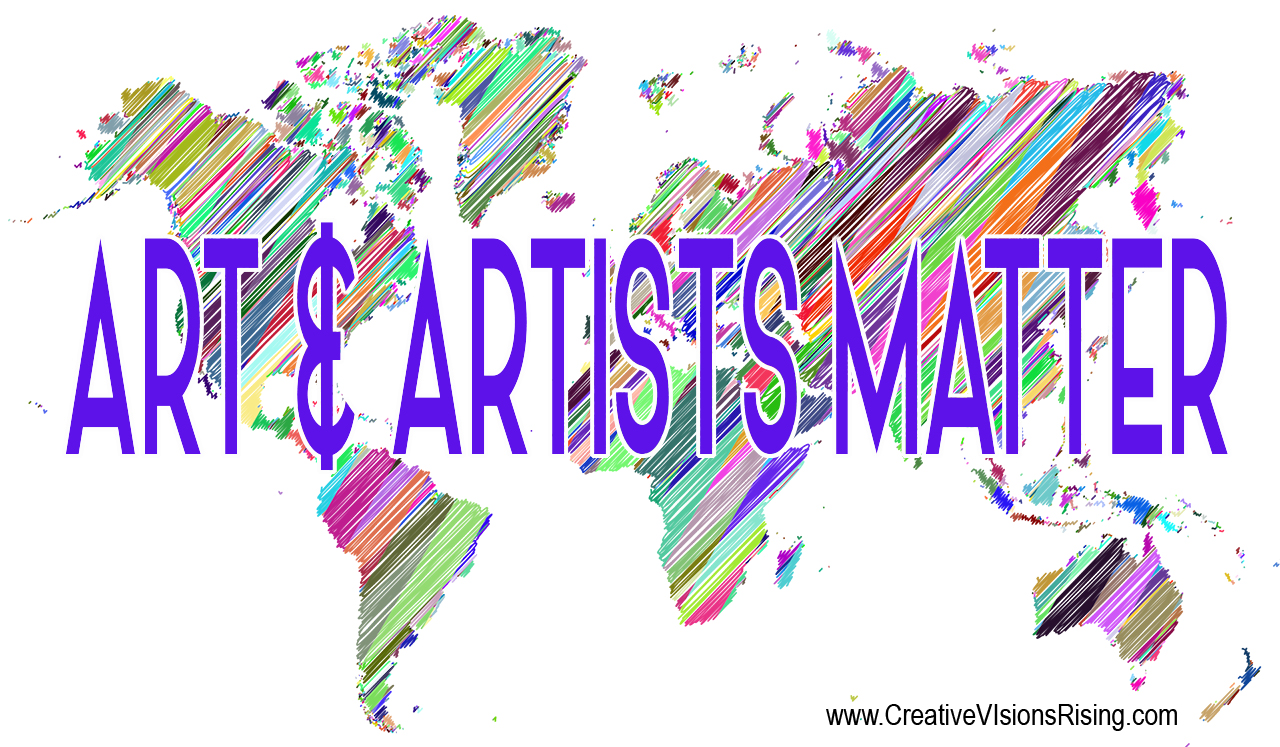
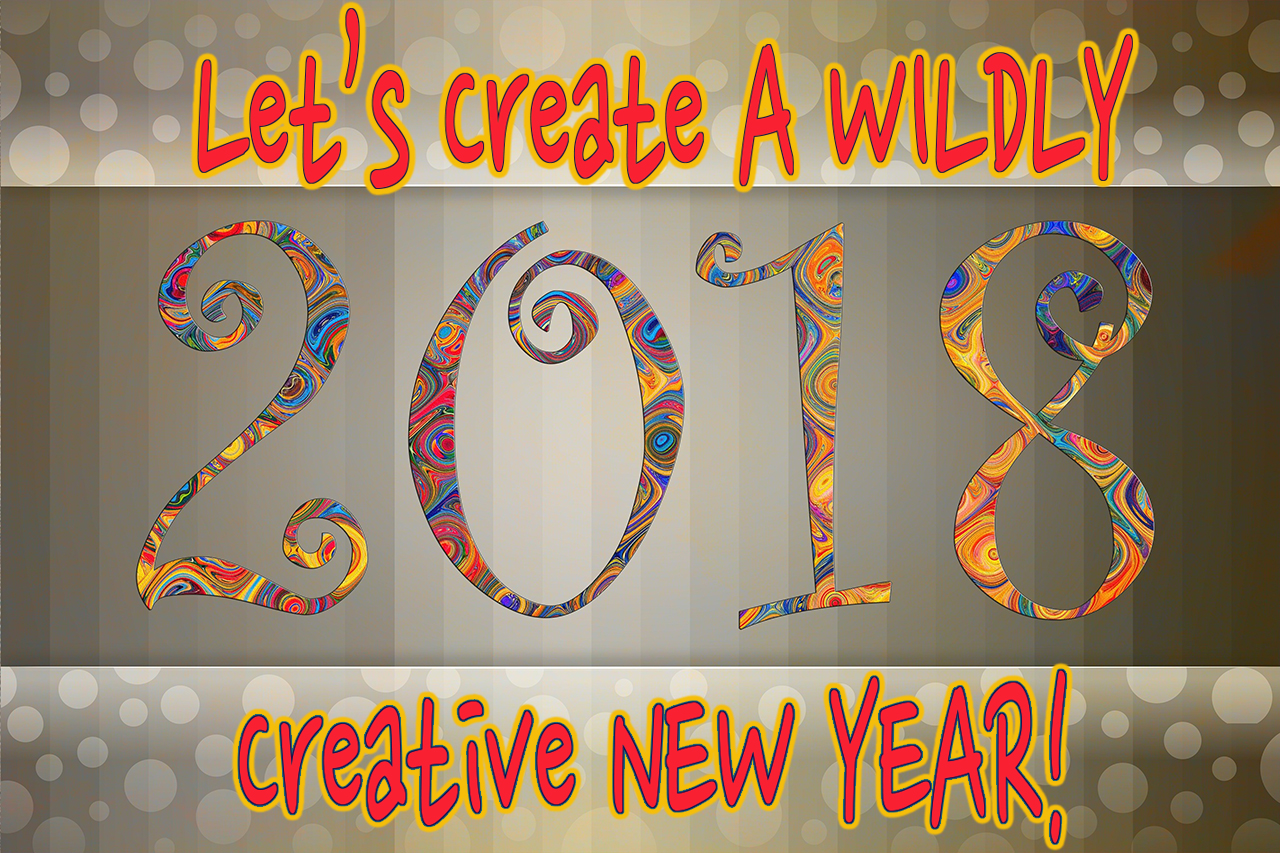
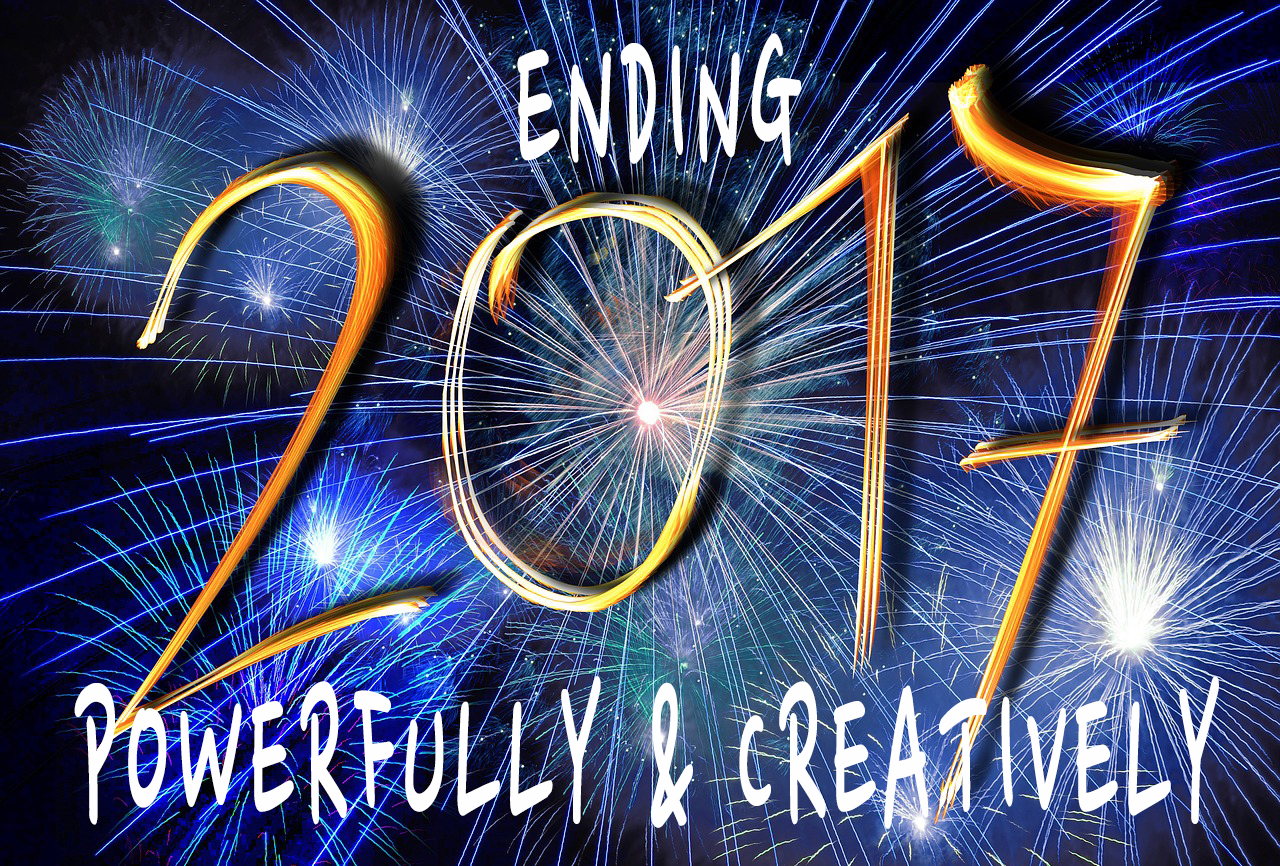
Leave A Comment